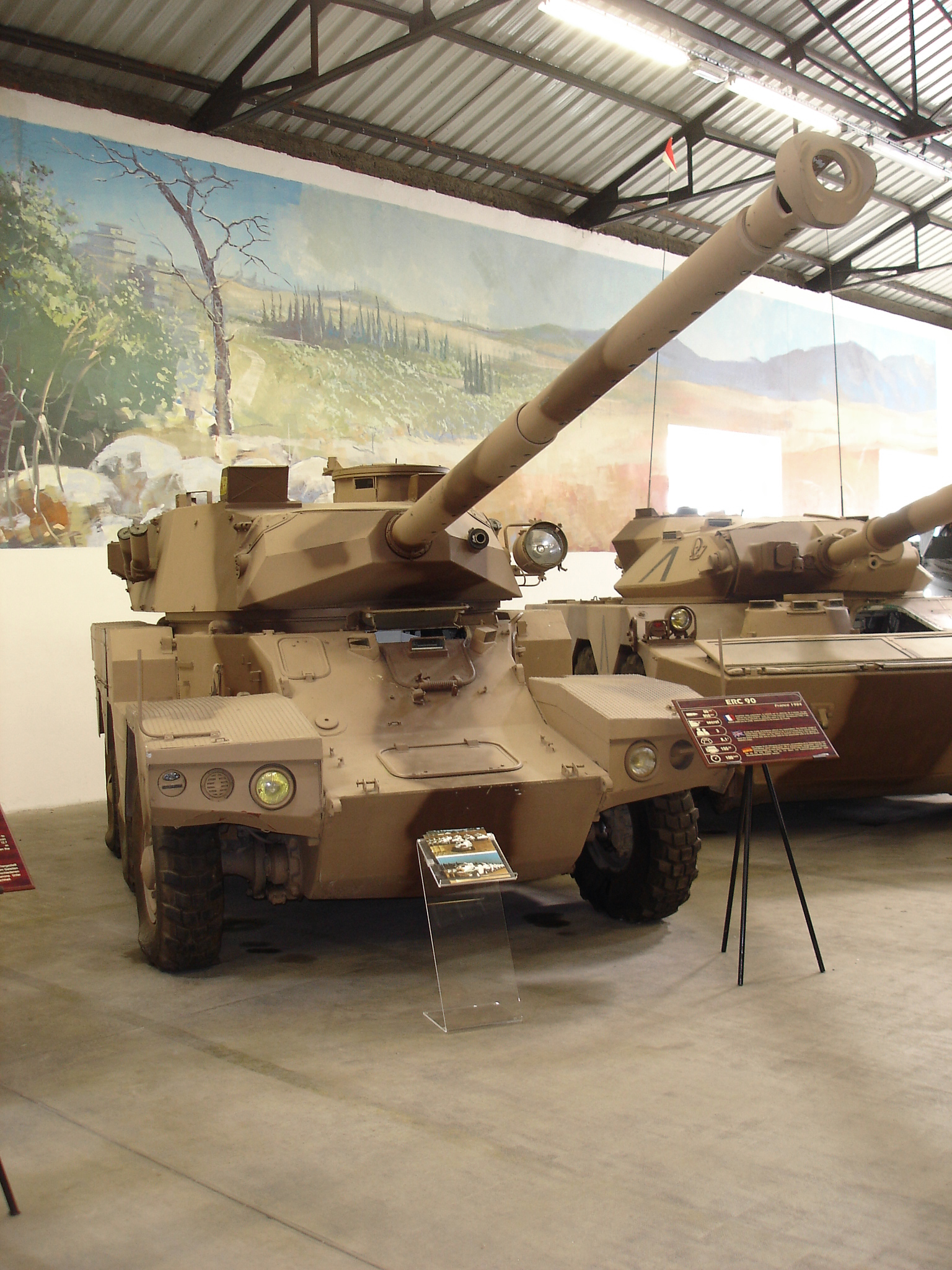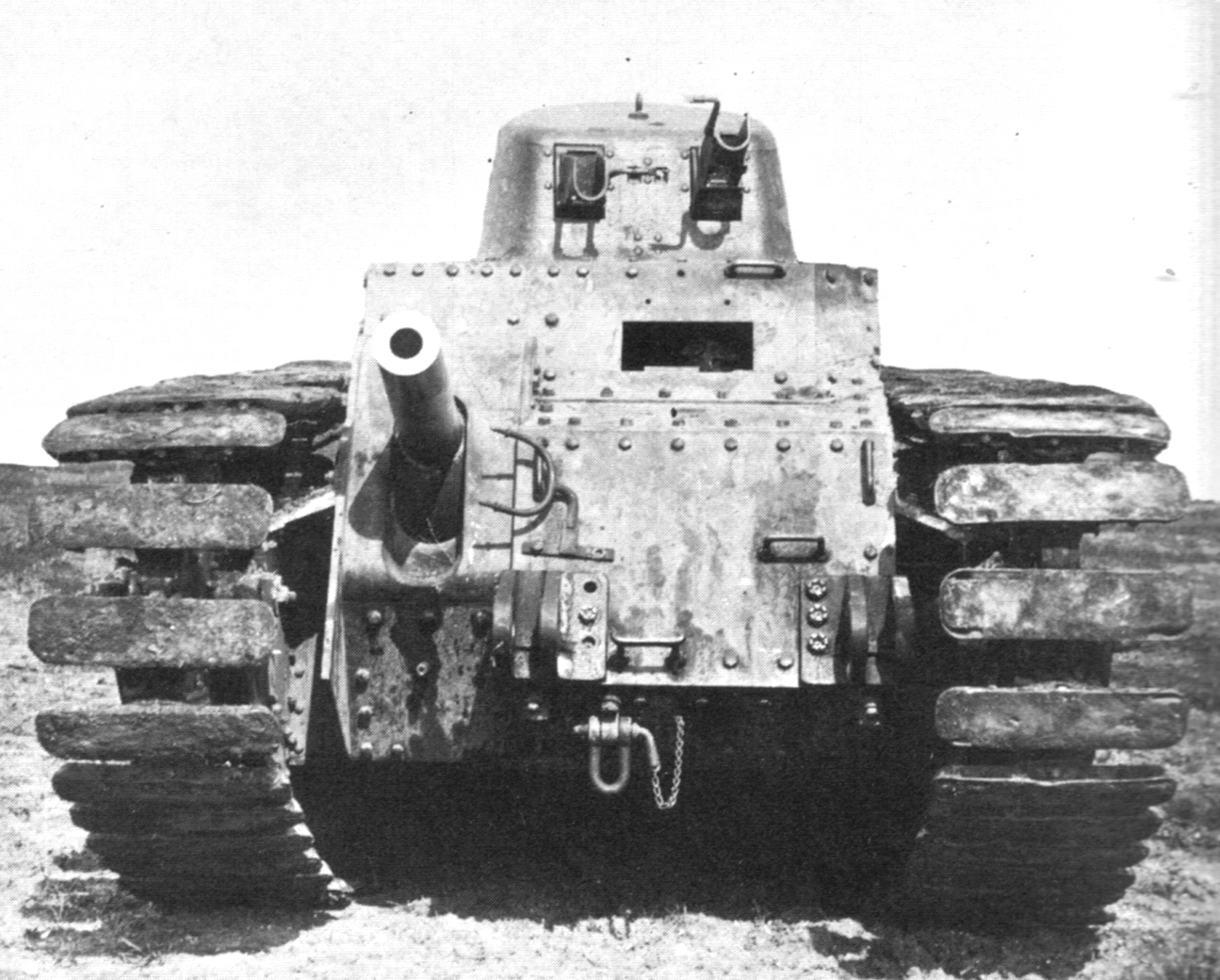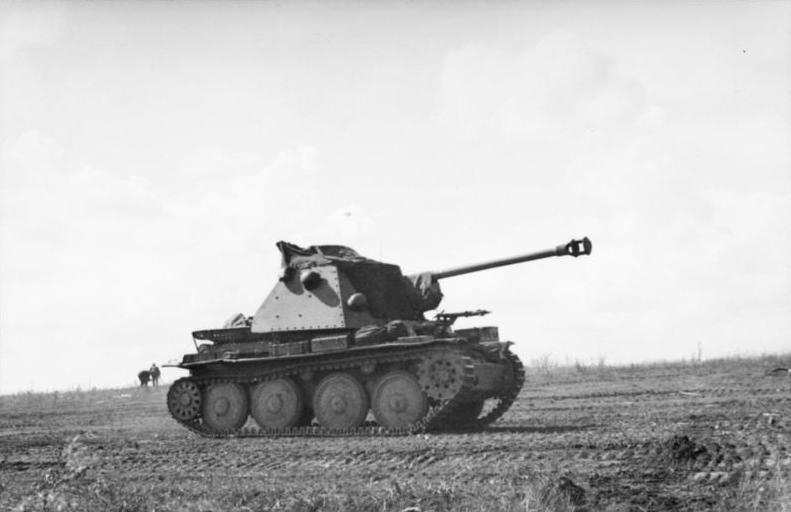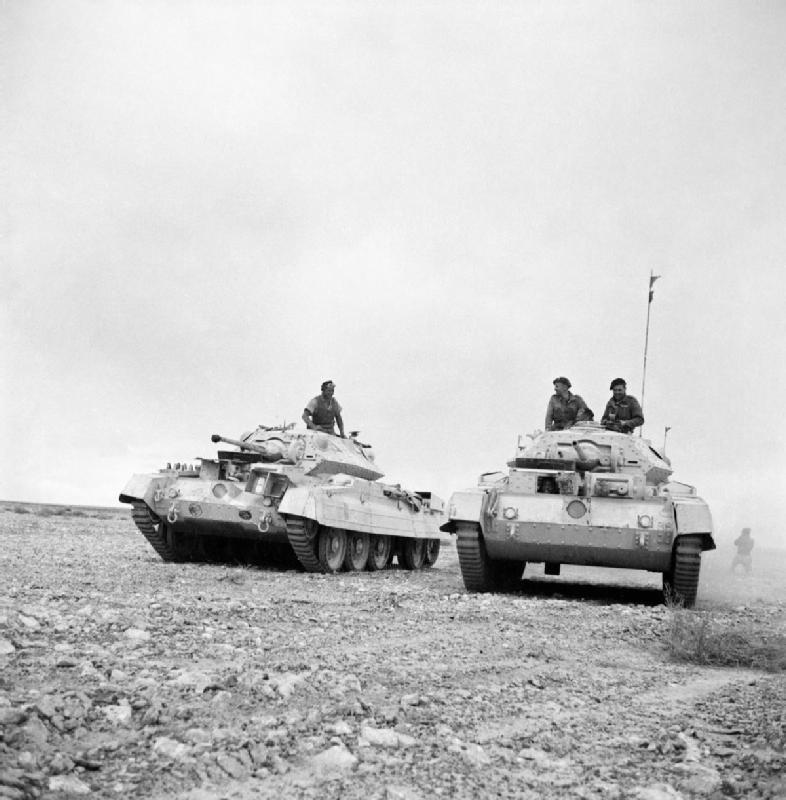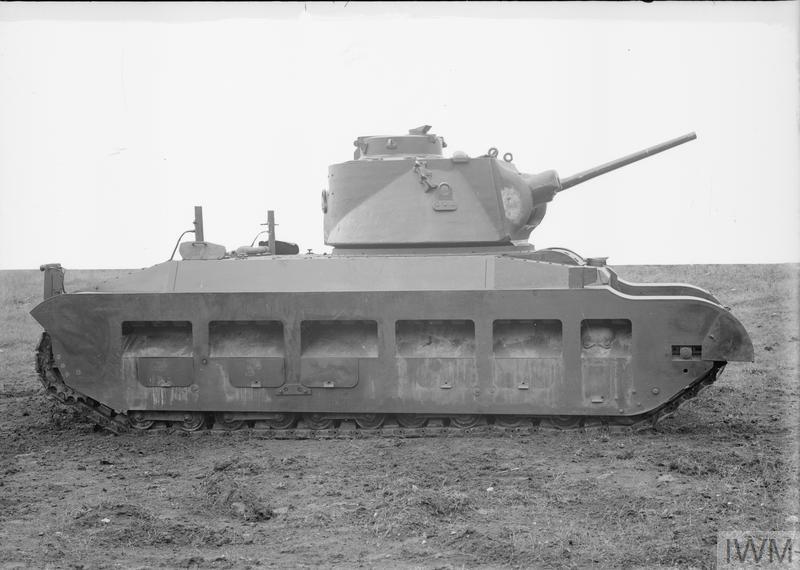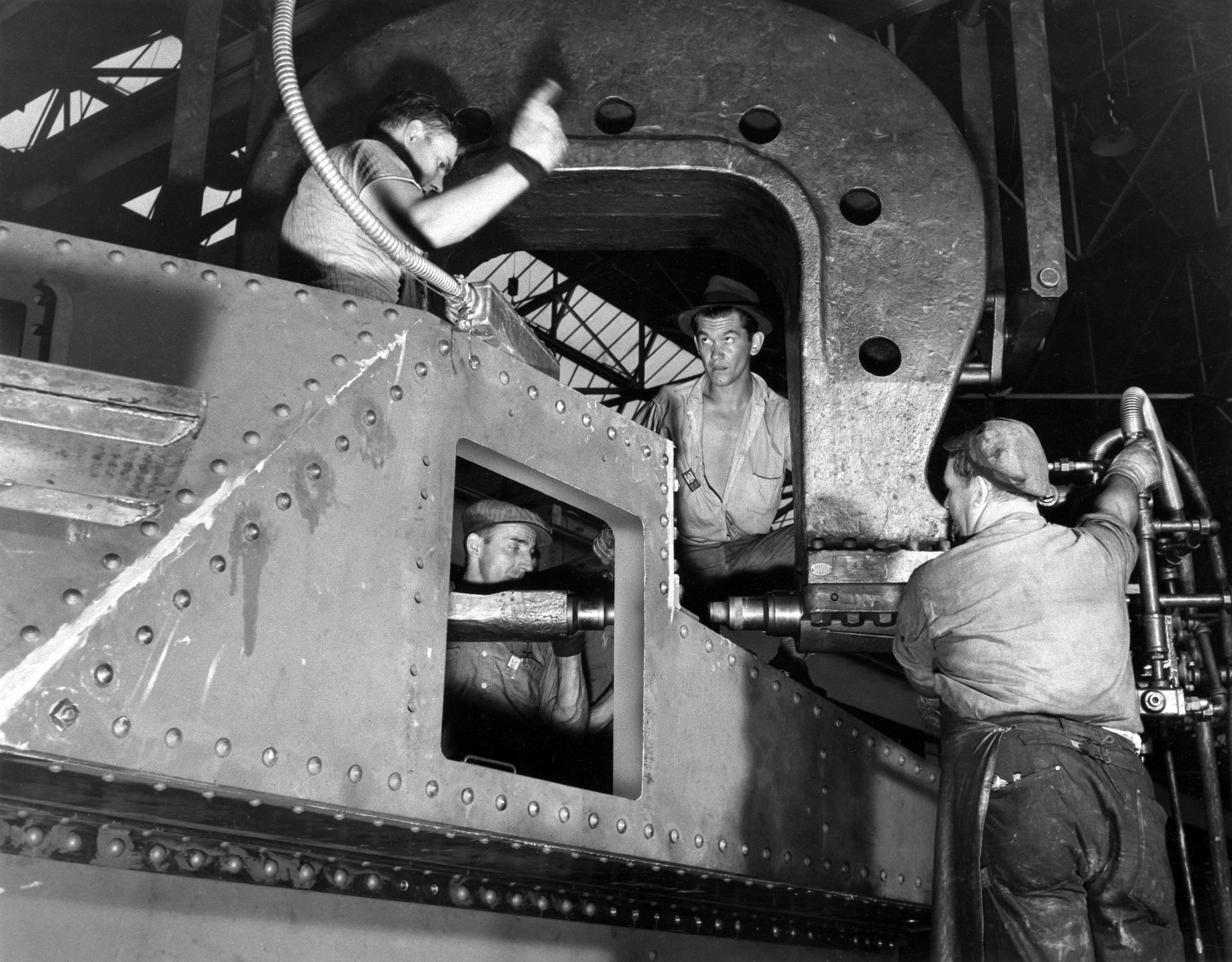|
Musée Des Blindés
The ''Musée des Blindés'' ("Museum of Armoured Vehicles") or ''Musée Général Estienne'' is a tank museum located in the Loire Valley of France, in the town of Saumur. It is now one of the world's largest tank museums. It began in 1977 under the leadership of Colonel Michel Aubry, who convinced both the French military hierarchy and the local political authorities. Started years ago with only a few hundred tracked vehicles, it has become a world-class collection which attracts visitors interested in the history of multinational tank development as well as professional armor specialists. From the very beginning, Colonel Aubry had made it a key policy of the museum to restore to running condition as many historically or technically significant vehicles as was feasible. The museum has the world's largest collection of armoured fighting vehicles and contains well over 880 vehicles, although the British Tank Museum has a larger number of tanks. Because of shortage of space, ... [...More Info...] [...Related Items...] OR: [Wikipedia] [Google] [Baidu] |
Panhard ERC-90
Panhard was a French motor vehicle manufacturer that began as one of the first makers of automobiles. It was a manufacturer of light tactical and military vehicles. Its final incarnation, now owned by Renault Trucks Defense, was formed by the acquisition of Panhard by Auverland in 2005, and then by Renault in 2012. In 2018 Renault Trucks Defense, ACMAT and Panhard combined under a single brand, Arquus. History Panhard was originally called Panhard et Levassor, and was established as an automobile manufacturing concern by René Panhard and Émile Levassor in 1887. Early years Panhard et Levassor sold their first automobile in 1890, based on a Daimler engine license. Levassor obtained his licence from Paris lawyer Edouard Sarazin, a friend and representative of Gottlieb Daimler's interests in France. Following Sarazin's 1887 death, Daimler commissioned Sarazin's widow Louise to carry on her late husband's agency. The Panhard et Levassor license was finalised by Louise, wh ... [...More Info...] [...Related Items...] OR: [Wikipedia] [Google] [Baidu] |
Char B1
The Char B1 was a French heavy tank manufactured before World War II. The Char B1 was a specialised break-through vehicle, originally conceived as a self-propelled gun with a 75 mm howitzer in the hull; later a 47 mm gun in a turret was added, to allow it to function also as a , a "battle tank" fighting enemy armour, equipping the armoured divisions of the Infantry Arm. Starting in the early twenties, its development and production were repeatedly delayed, resulting in a vehicle that was both technologically complex and expensive, and already obsolescent when real mass-production of a derived version, the Char B1 "bis", started in the late 1930s. A further up-armoured version, the Char B1 "ter", was only built in two prototypes. Among the most powerfully armed and armoured tanks of its day, the type was very effective in direct confrontations with German armour in 1940 during the Battle of France, but low speed and high fuel consumption made it ill-adapted to the ... [...More Info...] [...Related Items...] OR: [Wikipedia] [Google] [Baidu] |
Marder III
''Marder'' III was the name for a series of World War II German tank destroyers. They mounted either the modified ex-Soviet 76.2 mm F-22 Model 1936 divisional field gun, or the German 7.5 cm PaK 40, in an open-topped fighting compartment on top of the chassis of the Czechoslovakian Panzer 38(t). They offered little protection to the crew, but added significant firepower compared to contemporary German tanks. They were in production from 1942 to 1944, and served on all fronts until the end of the war, along with the similar Marder II. The German word ''Marder'' means " marten" in English. History In the early stages of Operation Barbarossa, the Wehrmacht felt the need for a more mobile and more powerful anti-tank solution than the existing towed anti-tank guns, such as the '' 3.7 cm Pak 36'', or self-propelled tank destroyers, such as the ''Panzerjäger I'' (mounted with the 4.7 cm PaK (t)). This need became urgent in 1942, when anti-tank shells fired from said anti-tank guns ... [...More Info...] [...Related Items...] OR: [Wikipedia] [Google] [Baidu] |
Marder I
The ''Marder I'' "Marten" (Sd.Kfz. 135) was a German World War II tank destroyer, armed with a 75 mm Pak-40 anti-tank gun. Most Marder Is were built on the base of the ''Tracteur Blindé'' 37L (Lorraine), a French artillery tractor/armoured personnel carrier of which the Germans had acquired more than three hundred after the Fall of France in 1940. History From the early stages of Operation Barbarossa the Wehrmacht became aware that their ability to combat some of the Soviet tanks was inadequate. The lighter tanks then in general service, such as the Panzer II and the Czech built 38(t), were under-armoured and did not mount an adequate gun to deal with the newer Soviet tanks. In addition, the standard towed anti-tank gun of the Wehrmacht, the 37 mm 3.7 cm Pak 36, was both difficult to get into position quickly and lacked the ability to penetrate the heavy sloped armour of the new Soviet tanks. What was needed was a more powerful anti-tank gun that was mobile. The ... [...More Info...] [...Related Items...] OR: [Wikipedia] [Google] [Baidu] |
SU-100
The SU-100 ('' Samokhodnaya Ustanovka'' 100) was a Soviet tank destroyer armed with the D-10S 100 mm anti-tank gun in a casemate superstructure. It was used extensively during the last year of World War II and saw service for many years afterwards with the armies of Soviet allies around the world. Development The SU-85 was developed from the chassis of the T-34 tank replacing the turret with a larger, fixed superstructure that allowed a larger gun to be fitted: the 85 mm D-5 gun, providing dramatically upgraded firepower compared to the T-34's 76.2 mm models. Introduced to service in 1943, the SU-85 was quickly rendered obsolete as a new tank design featured the same gun on the T-34-85. This prompted the design of a more advanced turretless tank destroyer with an even more powerful cannon. Development was conducted under supervision of L. I. Gorlitskiy, chief designer of all medium Soviet self-propelled guns. The work started in February 1944 and the fi ... [...More Info...] [...Related Items...] OR: [Wikipedia] [Google] [Baidu] |
T-34
The T-34 is a Soviet medium tank introduced in 1940. When introduced its 76.2 mm (3 in) tank gun was less powerful than its contemporaries while its 60-degree sloped armour provided good protection against Anti-tank warfare, anti-tank weapons. The Christie suspension was inherited from the design of American J. Walter Christie's M1928 tank, versions of which were sold turret-less to the Red Army and documented as "farm tractors", after being rejected by the U.S. Army. The T-34 had a profound effect on the conflict on the Eastern Front (World War II), Eastern Front in the World War II, Second World War, and had a short lasting impact on tank design. After the Germans encountered the tank in 1941 during Operation Barbarossa, German general Paul Ludwig Ewald von Kleist called it "the finest tank in the world" and Heinz Guderian affirmed the T-34's "vast superiority" over German tanks. Alfred Jodl, chief of operations staff of the German armed forces noted in his war diar ... [...More Info...] [...Related Items...] OR: [Wikipedia] [Google] [Baidu] |
Churchill Tank
The Tank, Infantry, Mk IV (A22) Churchill was a British infantry tank used in the Second World War, best known for its heavy armour, large longitudinal chassis with all-around tracks with multiple bogies, its ability to climb steep slopes, and its use as the basis of many specialist vehicles. It was one of the heaviest Allied tanks of the war. The origins of the Churchill's design lay in the expectation that war in Europe might be fought in conditions similar to those of the First World War, and thus emphasised the ability to cross difficult ground. The Churchill was hurried into production in order to build up British defences against a possible German invasion. The first vehicles had flaws that had to be overcome before the Churchill was accepted for wide use. After several Marks (versions) had been built, a better-armoured specification, the Mark VII, entered service with the British Army. The improved versions performed well in the later stages of the war. The Churchil ... [...More Info...] [...Related Items...] OR: [Wikipedia] [Google] [Baidu] |
Crusader Tank
Crusader, in full "Tank, Cruiser Mk VI, Crusader", also known by its General Staff number A.15, was one of the primary British cruiser tanks during the early part of the Second World War. Over 5,000 tanks were manufactured and they made important contributions to the British victories during the North African campaign. The Crusader tank would not see active service beyond Africa, but the chassis of the tank was modified to create anti-aircraft, fire support, observation, communication, bulldozer and recovery vehicle variants. The first Crusader Mark I tanks entered service in 1941, and, though manoeuvrable, it was relatively lightly armoured and under-armed. The following Crusader Mark II had a maximum armour of . The main armament for the Crusader Mark I and II's was a 40 mm Ordnance QF 2-pounder gun; the following Crusader Mark III was fitted with a 57 mm Ordnance QF 6-pounder gun at the expense of one member of the crew in the turret. This variant was more than ... [...More Info...] [...Related Items...] OR: [Wikipedia] [Google] [Baidu] |
Matilda II
The Infantry Tank Mark II, best known as the Matilda, was a British infantry tank of the Second World War.Jentz, p. 11. The design began as the A12 specification in 1936, as a gun-armed counterpart to the first British infantry tank, the machine gun armed, two-man A11 Infantry Tank Mark I. The Mark I was also known as Matilda, and the larger A12 was initially known as the Matilda II or Matilda senior. The Mark I was abandoned in 1940, and from then on the A12 was almost always known simply as "the Matilda". With its heavy armour, the Matilda II was an excellent infantry support tank but with somewhat limited speed and armament. It was the only British tank to serve from the start of the war to its end, although it is particularly associated with the North Africa Campaign. Only two were available for service by the outbreak of the World War II in 1939. It was replaced in front-line service by the lighter and less costly Infantry Tank Mk III Valentine beginning in late 1941. D ... [...More Info...] [...Related Items...] OR: [Wikipedia] [Google] [Baidu] |
DUKW
The DUKW (colloquially known as Duck) is a six-wheel-drive amphibious modification of the -ton CCKW trucks used by the U.S. military during World War II and the Korean War. Designed by a partnership under military auspices of Sparkman & Stephens and General Motors Corporation (GMC), the DUKW was used for the transportation of goods and troops over land and water. Excelling at approaching and crossing beaches in amphibious warfare attacks, it was intended only to last long enough to meet the demands of combat. Surviving DUKWs have since found popularity as tourist craft in marine environments. Etymology The name DUKW comes from General Motors Corporation model nomenclature: * D, 1942 production series * U, Utility * K, front wheel drive * W, tandem rear axles, both driven Decades later, the designation was explained erroneously by writers such as Donald Clarke, who wrote in 1978 that it was an initialism for "Duplex Universal Karrier, Wheeled". The U.S. Navy-Marine Corps a ... [...More Info...] [...Related Items...] OR: [Wikipedia] [Google] [Baidu] |
M4 Sherman
} The M4 Sherman, officially Medium Tank, M4, was the most widely used medium tank by the Military history of the United States during World War II, United States and Allies of World War II, Western Allies in World War II. The M4 Sherman proved to be reliable, relatively cheap to produce, and available in great numbers. It was also the basis of several other Armoured_fighting_vehicle, armored fighting vehicles including self-propelled artillery, Tank_destroyer, tank destroyers, and Armoured_recovery_vehicle, armored recovery vehicles. Tens of thousands were distributed through the Lend-Lease program to the British Empire#Second World War, British Commonwealth and Soviet Union. The tank was named by the British after the American Civil War General William Tecumseh Sherman. The M4 Sherman evolved from the M3 Lee, M3 Medium Tank, which for speed of development had its main armament in a side sponson mount. The M4 retained much of the previous mechanical design, but moved the 75_mm ... [...More Info...] [...Related Items...] OR: [Wikipedia] [Google] [Baidu] |
M3 Lee
The M3 Lee, officially Medium Tank, M3, was an American medium tank used during World War II. The turret was produced in two forms, one for US needs and one modified to British requirements to place the radio next to the commander. In British Commonwealth service, the tank was called by two names: tanks employing US pattern turrets were called "Lee," named after Confederate general Robert E. Lee, while those with British pattern turrets were known as "Grant," named after Union general Ulysses S. Grant. Design commenced in July 1940, and the first M3s were operational in late 1941. The US Army needed a medium tank armed with a 75mm gun and, coupled with the United Kingdom's immediate demand for 3,650 medium tanks, the Lee began production by late 1940. The design was a compromise meant to produce a tank as soon as possible. The M3 had considerable firepower and good armor, but had serious drawbacks in its general design and shape, including a high silhouette, an archaic sponson ... [...More Info...] [...Related Items...] OR: [Wikipedia] [Google] [Baidu] |
